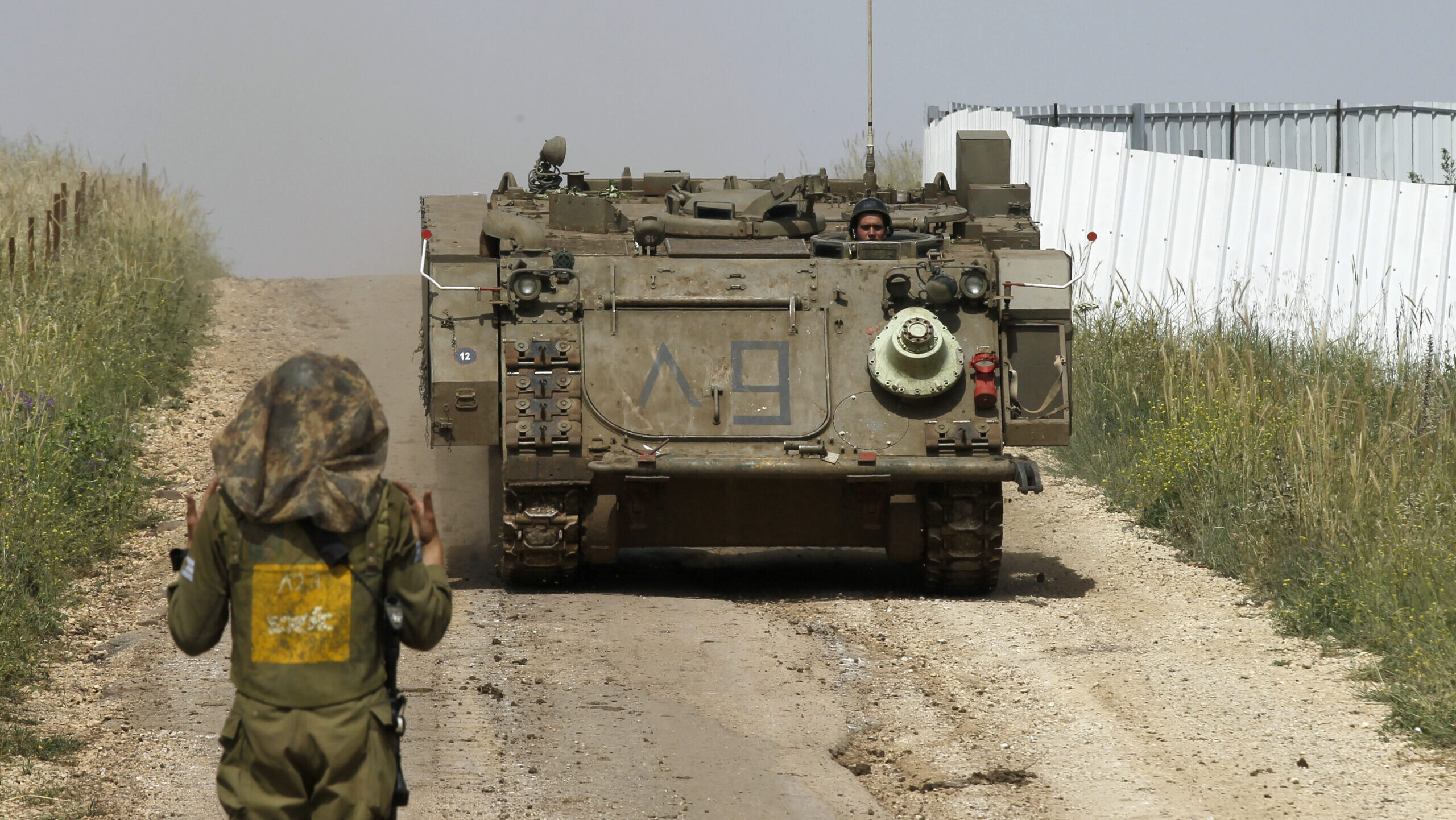- Reaction score
- 11,659
- Points
- 1,160
IAI conducted a live demonstration with the RobDozer. The machine was controlled from the United States while it drove around in Israel.

Israel Aerospace Industries introduces robotic version of D-9 bulldozer | The Jerusalem Post
IAI: “The RobDozer is operational and combat-proven, having carried out fully robotic combat missions, drastically reducing the risk to troops."

For Israel, Gaza conflict is evolutionary ground for robotic vehicles - Breaking Defense
An Israel Aerospace Industries official told Breaking Defense about the “niche” technological evolution amid a war.
As well as more small armed security vehicles.

Israeli robotic defense firm sees 'big change' in unmanned combat - Breaking Defense
Yossi Wolf, CEO of Roboteam, looks at the robotic revolution in Israel and how it shaped the recent war, and the lessons learned for the future.
On the battlefield, Roboteam pioneered a solution called “Robox,” which is a kind of container that can be dropped in the field for troops.
“They [the army] can put the container down, and it has a fleet of robots with large robots and a drone, and they enable regular infantry to keep the perimeter because it keeps distance between themselves and the enemy,” he said.
The unmanned systems are also aided, but not directed, by artificial intelligence.
“No decisions are made automatically, but there are many AI features. For instance, better navigation or not flipping over … always a man in the loop. Usually three soldiers: one controls the vehicle, one controlling the weapon and one controlling the drone and they work together as a squad.”
The use of low earth orbit (LEO) satellites has aided communication between the systems, he said.
“You don’t want just a patrol but each several hundred meters there is a robot [that is a] moving sensor and all the robots are in communication where they communicate with each other and the drone [even] in dead spots of communications the drone can cover it,” he said of a hypothetical patrol mission near the Jordanian border.
What he pointed to is these machines working together, rather than just having one UGV driving back-and-forth on a patrol,
....
Could this be an adjunct trade for the engineers? An element of planning defensive works?


